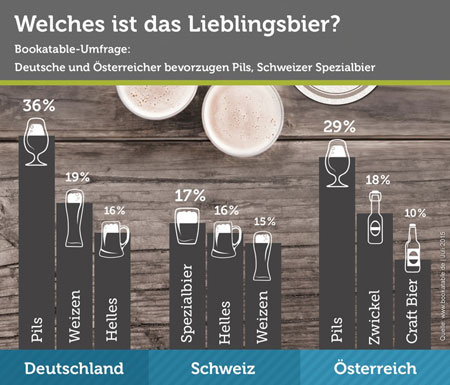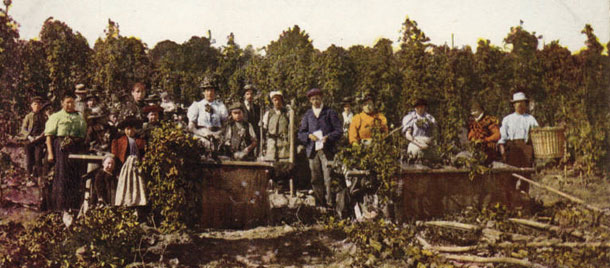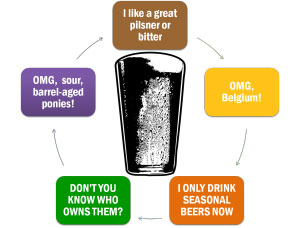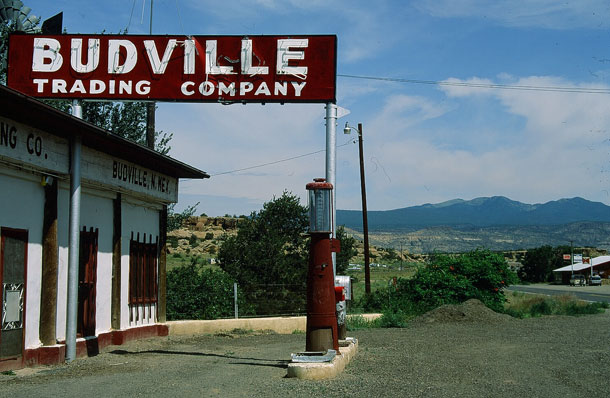 We are on holiday, but Allen Huerta’s topic for The Session #102 — The Landscape of Beer — seemed too inviting to pass on. So through the magic of WordPress I left this behind. Visit Active Brewer for more posts on the topic.
We are on holiday, but Allen Huerta’s topic for The Session #102 — The Landscape of Beer — seemed too inviting to pass on. So through the magic of WordPress I left this behind. Visit Active Brewer for more posts on the topic.
Start with these basics:
– We live in St. Louis, a town pretty closely associated with the world’s largest brewing company, in a working class neighborhood called Dogtown, about a mile south of Forest Park, site of the 1904 World’s Fair. There are four breweries within three miles of our front door, a pub with roots that go back to the ’40s that has more than a hundred beers on tap, neighborhood joints known for their burgers or fried chicken that serve Missouri beers brewed in human-size tanks, and one of the rare Zwanze Day 2015 hosts (Side Project Cellar).
– Last week a story at MarketWatch headlined “These 11 brewers make over 90% of all U.S. beer” began with this premise “When you look at the beer aisle and your local taproom’s beer list, it looks like a broad array of choices. As we’re going to illustrate here, however, the following companies are actually narrowing those choices through acquisitions and diversification.”
So which direction are we headed and why?
Every time the Brewers Association releases an update on how many breweries around the country are now selling beer they mention this is the most since … well, pretty soon it will be forever. But it should make you wonder how the United States went from more than 3,000 breweries to less than 100. And if it could happen again.
Those who think Prohibition was totally to blame need to read “Ambitious Brew: The Story of American Beer.” Although overall beer production increased from 6.6 million barrels in 1870 to 59.8 million in 1915 the number of breweries nonetheless shrunk to fewer than 1,400. Martin Stack examined the reasons why in “Liquid bread: an examination of the American brewing industry, 1865 to 1940” published in Brewery History. He concluded that consumers were the driving force behind changes in the industry, writing:
“The rising industry concentration was a direct result of the productive efficiencies that favored the few nationally oriented breweries. These shipping breweries represented the industry’s response to increased consumer demand. A series of advances allowed them to increase their annual production levels; smaller breweries continued to operate only by virtue of their distance from them. As transportation costs fell, the shipper expanded their distribution networks and forced hundreds of smaller, less efficient breweries out of business.”
(Two tangents: The category that Stack calls “shipping breweries” seems analogous to what Alan McLeod labels “national craft” and merits more discussion, at another time. Stack tackles other questions that also are worth lengthy consideration: “Was the rise of large-scale shipping breweries inexorable? Was it actually beneficial to consumers? Were the changes in production techniques driven by a market-led search for greater productive efficiency?”)
After Prohibition, and after World War II, efficiency still played a role but there were other factors. In “The U.S. Brewing Industry: Data and Economic Analysis,” Victor Tremblay and Carol Horton Tremblay track the consolidation in the industry that occurred between 1950 and 2000 and look for the causes. The number of mass-producing independent beer companies decreased from 421 in 1947 to 24 in 2000. To further emphasize the degree of concentration, consider that in 1950 the 10 largest breweries in the country made 38% of the beer sold in America. That climbed to 52% in 1960, 69% in 1970, and 93% in 1980.
They suggest multiple causes, with advertising and sales economies partcularly important. Minimum efficient scale (MES) rose relative to the size of the market, but industry leaders became larger than required by scale efficiency. National brewers won the race in advertising, and greater advertising competition led to higher sunk costs in brewing. “National brewers benefited from consumers’ growing demand for premium brands produced by the nationals” and gained further cost advantage by building larger, more efficient plants. Many smaller regional brewers responded with severe price cuts, and brewers ended up into a war of attrition in which many failed or were purchased by other brewers.
But smaller breweries since returned, in force, opening so fast that the BA’s count of 3,739 U.S. breweries as of June 30 was out of date on July 1. The big certainly are getting bigger. Twenty years ago, Boston Beer Co. sold 948,000 barrels of beer, Pete’s Brewing (RIP) 347,000, and Sierra Nevada 200,000. Last year, Boston Beer sold 2.9 million, Sierra Nevada 1.1 million, and fifteen other companies the BA identifies as craft made 200,000 or more barrels.
At the same time, the rest of the breweries claimed a bigger piece of the pie. Twenty years ago Boston Beer sales accounted for 25.1% of craft and the 50 largest craft breweries for 77.5%. Ten years ago, Boston Beer’s share was 19.4% and the 50 largest sold 79.7% of craft. Last year, Boston Beer’s share was 13.2% and the 50 largest’s 68.1%. Different than what was occuring with breweries overall from the 1950s on.
Last month, BA economist Bart Watson tweeted a California-specific fact: “Small breweries are small. Looking at CA 2014 data: Breweries < 100 bbls = 144. 100 < breweries < 1,000 = 209. Breweries > 1,000 = only 122.” If you break down the percentages that’s 30% under 100 barrels, 44% between 100 and 1,000, and 26% at 1,000 or more, and I wouldn’t be surprised if that reflects what’s going on elsewhere. But that third category includes a few breweries that are a lot bigger than 1,000 barrels, so you see a landscape cluttered with hundreds of smaller trees/buildings/hills (choose your own analogy) and a few large ones.
It’s not going to look exactly the same next year, or in five years. But I think we’ll recognize it.



